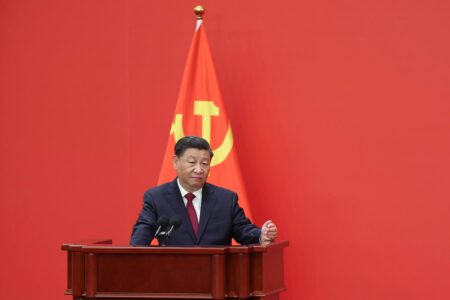While the US elections may be top of mind as you read this, there was another recent election that appears barely to have troubled the headlines. Last week, Japan announced a surprise snap election in which popular discontent with the governing LDP party following a widespread corruption scandal, twinned with a cost-of-living crisis, led to a dramatic result in the usually sedate Japanese political landscape. The LDP, which has ruled Japan almost continuously since 1955, lost its single-party majority in the powerful lower house. While the opposition CDP was not able to secure sufficient votes to seize power, the LDP, under the newly elected PM Shigeru Ishiba, finds itself significantly weakened and with renewed focus on its economic record.
The massive spike in Yen volatility in August coinciding with the unwind of levered dollar/yen carry trades caught many by surprise, an initial wobble that unleashed a period of significant market weakness across numerous territories and asset classes. What’s striking is that, while not reaching the spikes of August, volatility in the yen/dollar has remained significantly elevated ever since. It is a relationship that we are watching closely, aware of the possibility of further moves whatever the outcome of the US elections.
A few key points to make here. Firstly, the BoJ is sounding increasingly hawkish. While markets currently price 50bps of rate rises in the next 6 months, statements from Kazuo Ueda, Governor of the BoJ, suggest that there could be more aggressive moves in the offing. This places Japan in opposition to most of the world’s central banks, particularly an increasingly dovish Fed.
Why the hawkishness? Because the weak yen is hurting consumers and one of the driving forces behind popular discontent. The August rally was merely a blip in an otherwise dramatic depreciation of the currency since 2012. Japan imports almost all of its energy and so the weak yen has compounded other inflationary pressures to hit consumers hard (leading to a slump in confidence back to Covid-era levels).
Another important element to understand is the way that capital flows have contributed to this emerging crisis. As part of the 3 Arrows of the Abenomics plan to reanimate a moribund Japanese economy, Japan permitted its government pension fund, GPIF, to invest more of its capital in foreign assets. Fun (and related) fact – the GPIF lost its 22-year position as the world’s largest pension fund in July (overtaken by Norway’s NBIM) as a result of – you guessed it – the weak yen.
Since then, Japan’s net international investment position (NIIP) – the amount by which foreign investments exceed domestic investments – has ballooned. In 2023 Japanese assets and investments abroad exceeded local foreign assets by ¥471.3 trillion ($3.36 trillion) last year, climbing ¥51.3 trillion ($366.5 billion) from the previous year. This pushed Japan’s NIIP to a record 84.3% of GDP, up from 76.6% and makes it the world’s largest provider of dollar liquidity (and largest creditor overall). Of course this flow of funds out of Japan and into the dollar has clear and meaningful ramifications for the yen.
Other regulatory moves have fueled this dramatic shift of capital. NISA (tax efficient individual investment fund) flows are something we watch closely, and they have been piling into foreign equities, particularly the US. In the first half of 2024, 6.16tr yen was invested by NISAs in foreign stocks, about as much as the previous record for a single year. We might think of this as a close cousin of the yen/dollar carry trade that was suddenly in focus as it unwound in August. Effectively, Japanese investors are funding their investments using a depreciating currency and investing in stocks where they benefit from both a more robust underlying economy and an appreciating currency.
All of this leaves the already shaky government of Ishiba facing some very difficult choices. It seems clear to us that there is a broadening consensus that the yen needs to be supported. The question remains whether to do this by traditional means: raising interest rates, potentially higher and faster than is currently priced in; or altering capital regulations to reverse Japan’s NIIP.
Neither look easy to us. There is the significant question of whether a Japanese economy that is only tentatively emerging from years of stagnation is resilient enough to withstand higher interest rates (and whether these rising rates will be appreciated by an already stretched consumer). If Ishiba decides to target capital flows as well as (or instead of) rate hikes, there’s the potential damage that this does to pensioners and savers.
This may take some time to play out, but we think that there’s a strong chance that the story of yen volatility still has some way to travel. It may even – as we look back on the significant market events of 2024 – prove more lasting and influential than the US elections.
Read the full article here
















